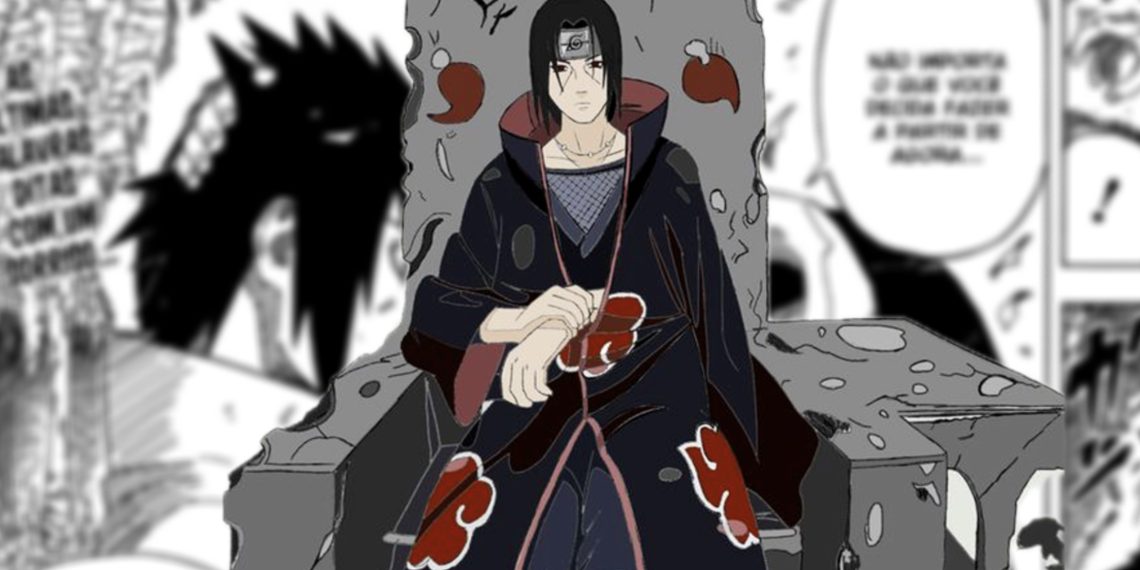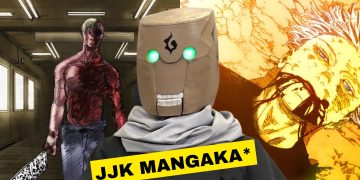The Naruto and Boruto anime franchises by Masashi Kishimoto have deeply resonated with fans over the years. Certain complex and compelling characters like Itachi, Pain, Madara, Obito, and Kawaki have contributed greatly to this success.
Fans feel emotionally connected to these characters, leading them to passionately theorize and speculate about the scenarios and fates of their favorites.
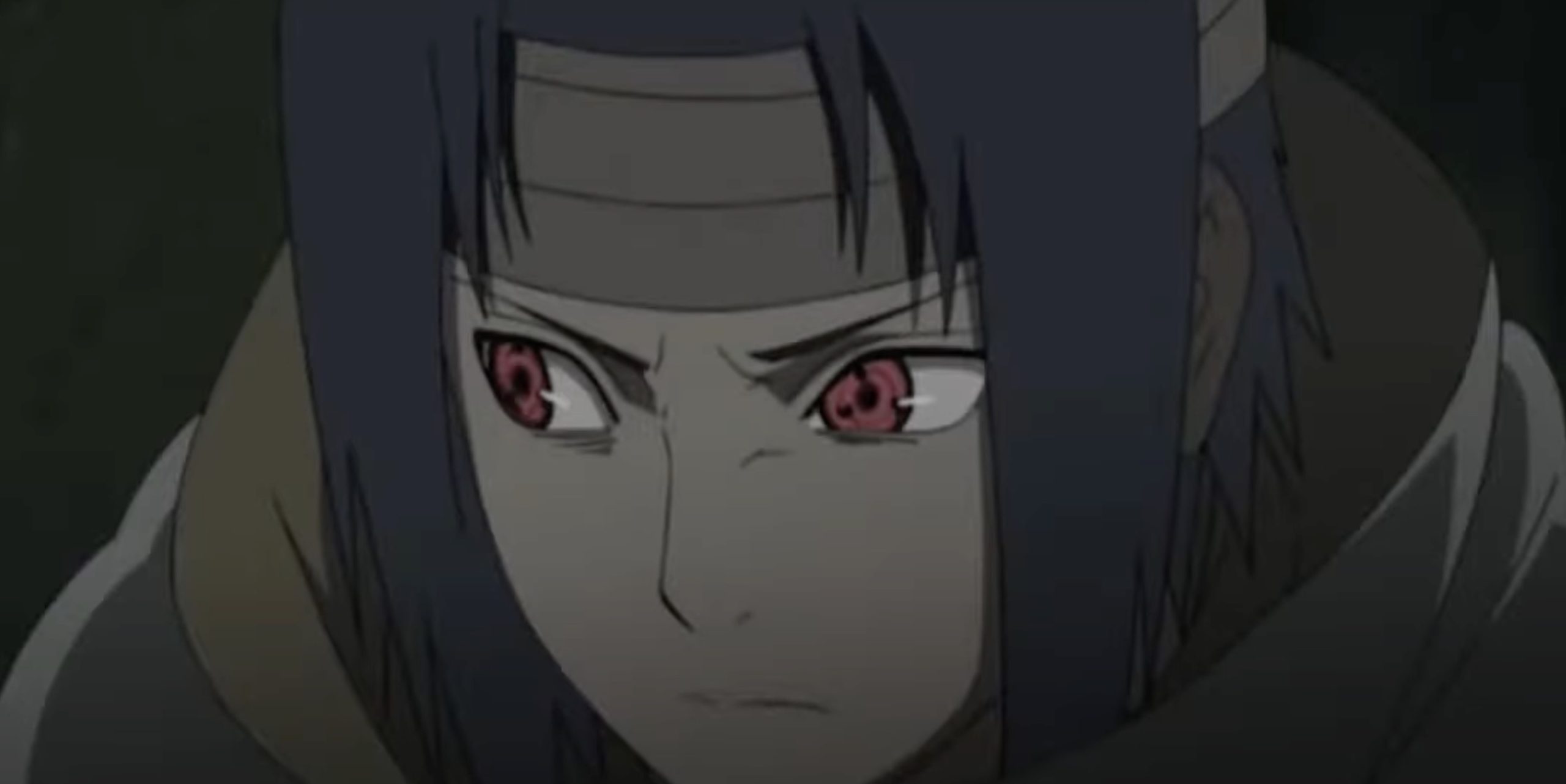
For example, some Naruto fans have an intriguing theory regarding Sasuke and his brother Itachi after their climactic battle.
They believe Itachi trapped Sasuke in a powerful illusion during that fight which has continued up to the present events in Boruto, supported by seeming contradictions in the sequel series’ storyline.
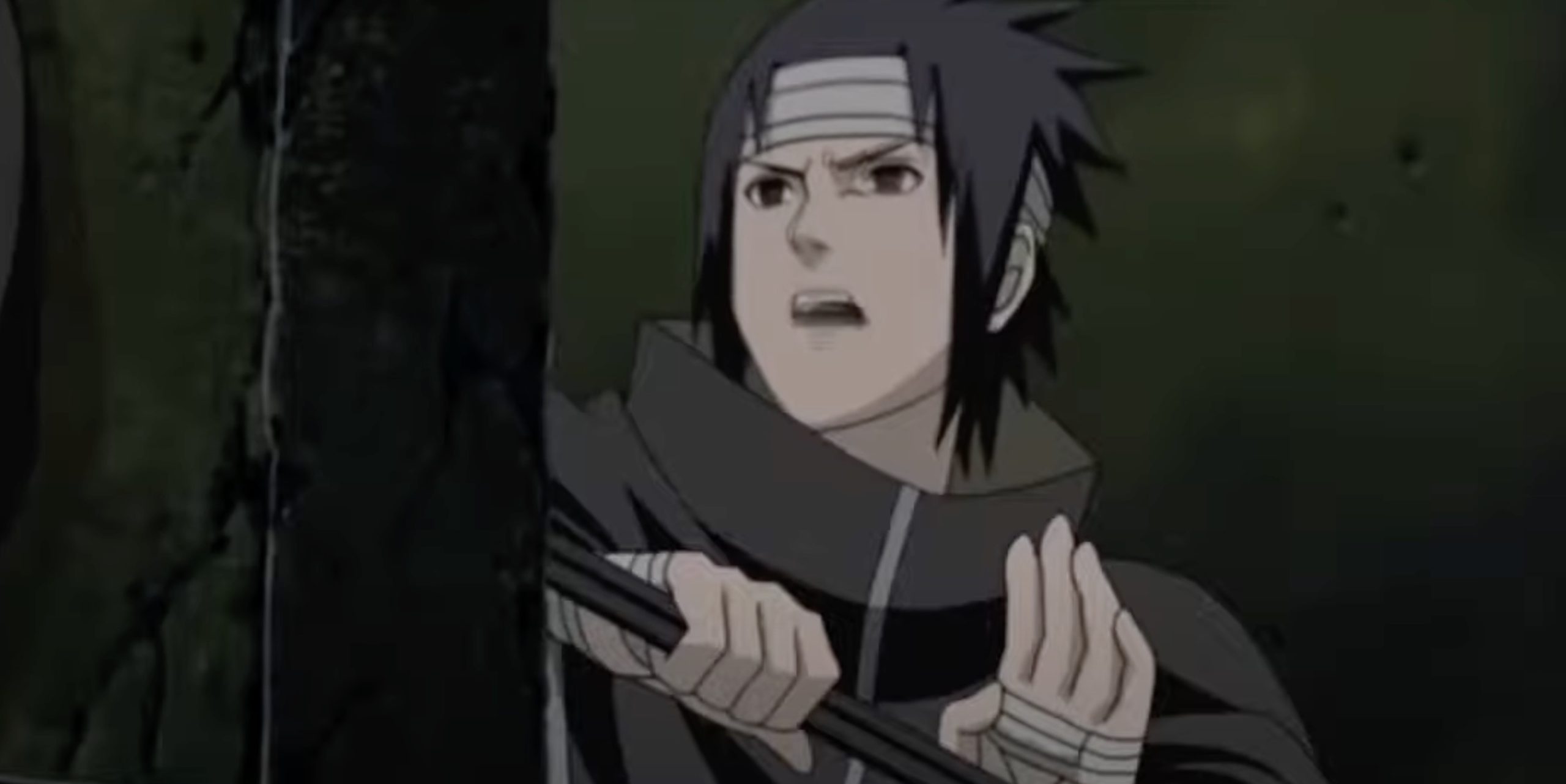
This shares similarities with Madara’s Infinite Tsukuyomi plotline. While likely untrue, it shows the strong attachments fans form to the characters in Kishimoto’s ninja world.
The complex narratives and relationships woven by Kishimoto have clearly resonated deeply with fans, as demonstrated by such speculative theories aiming to explain the continued unfolding drama across the Naruto and Boruto series.
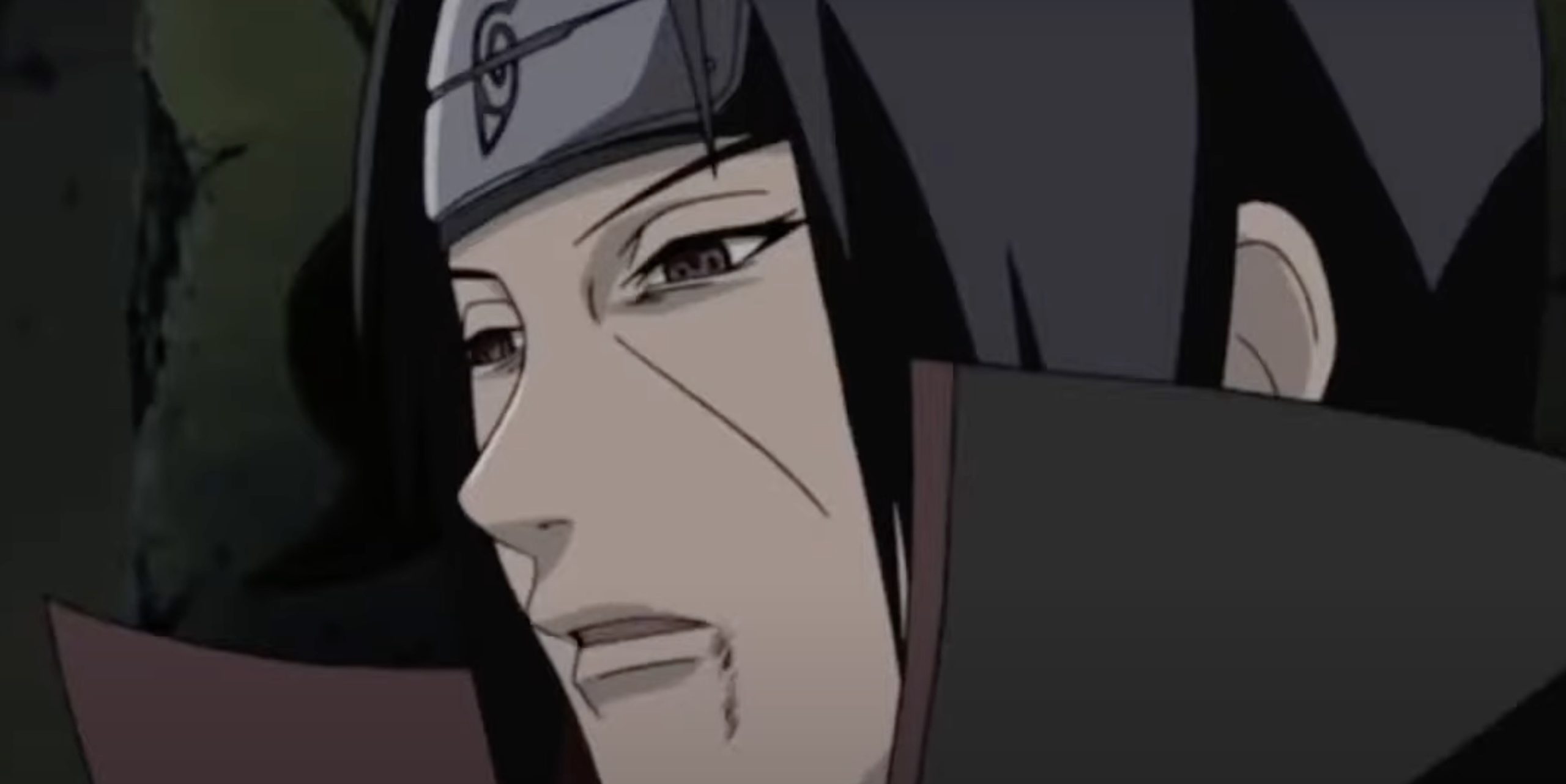
The emotional connections to the characters stand as a testament to his creative talents in this realm.
Sasuke vs. Itachi, The Story of Vengeance and Redemption
The intense battle between Sasuke Uchiha and his older brother Itachi in the Naruto storyline stands as one of the most impactful and emotional fights in the entire series.

Sasuke’s sole driving motivation from his introduction has been seeking revenge against Itachi for wiping out their entire Uchiha clan.
To achieve the power needed for retribution, Sasuke severed all his bonds and left everything behind to train under Orochimaru.
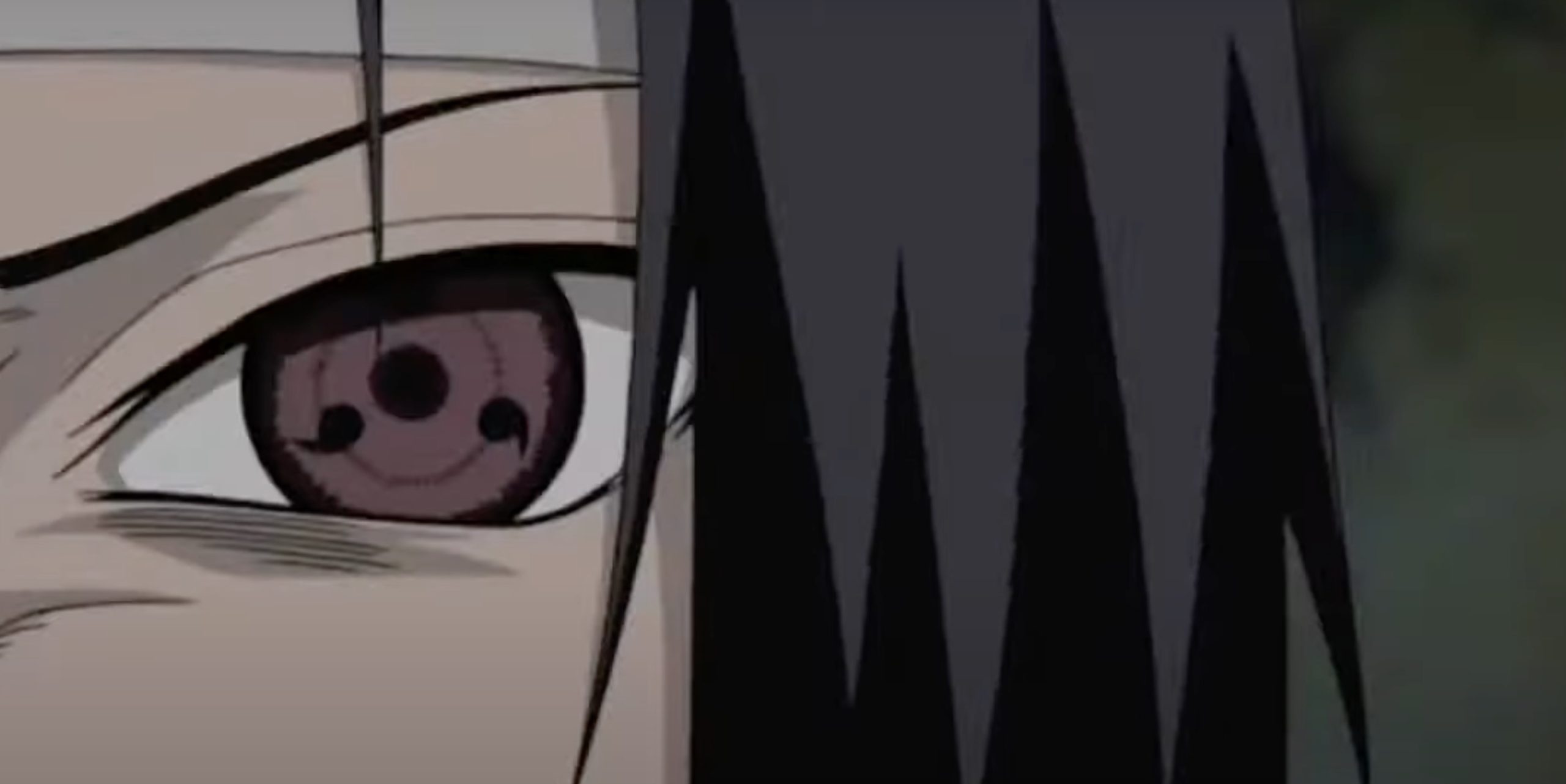
After finally acquiring the abilities he desired, Sasuke set up a destined showdown with Itachi. The two Uchiha brothers traded devastating genjutsu illusions back and forth, though neither could gain the upper hand that way.
Despite lacking Itachi’s powerful Mangekyo Sharingan abilities, Sasuke managed to push his brother to the limit and almost exceeded expectations.
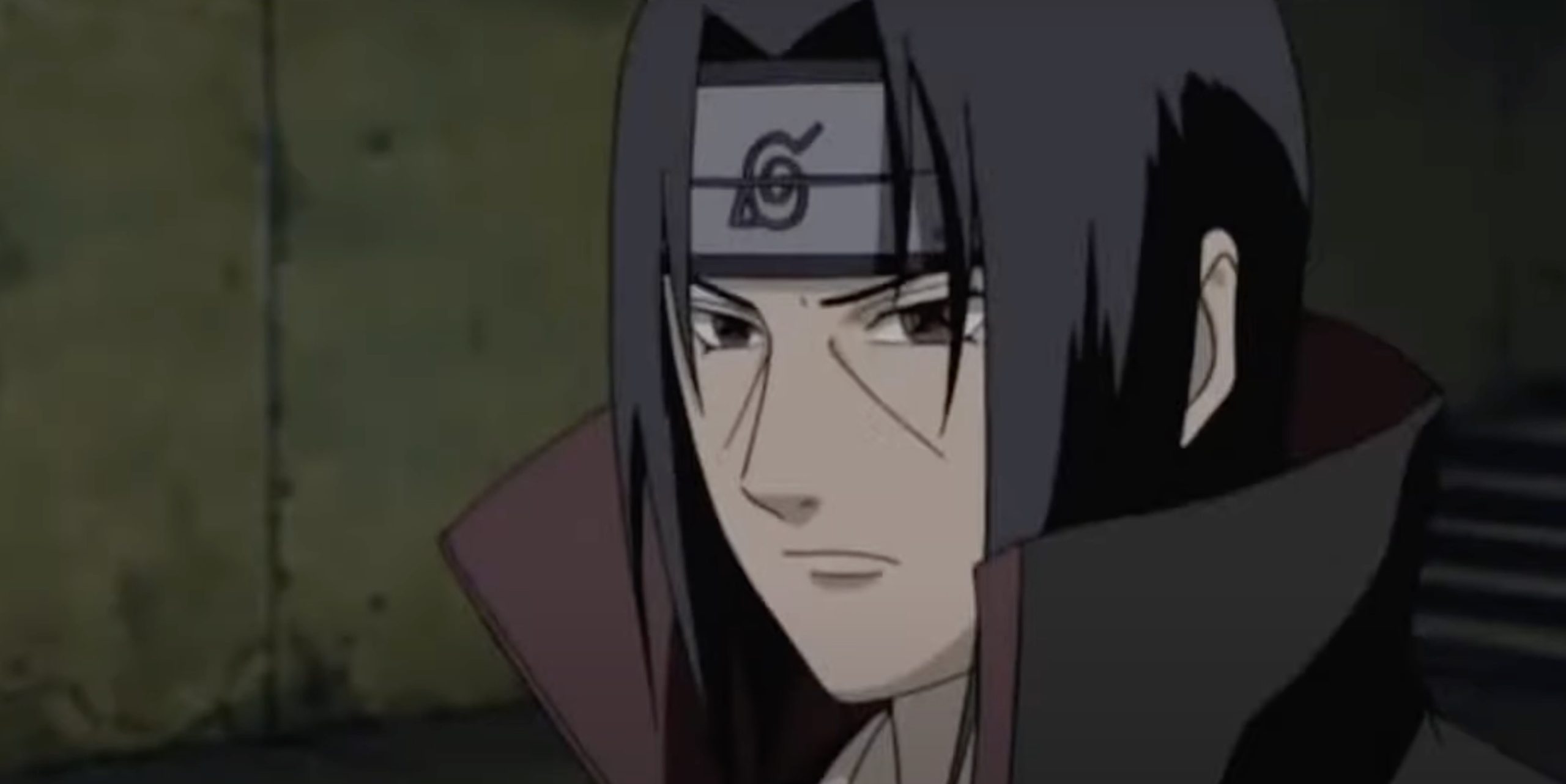
After a hard-fought struggle, the younger Uchiha finally succeeded in overcoming Itachi through sheer skill and determination fueled by his deep-seated vendetta, delivering long-awaited retribution.
Their climactic battle and its emotional aftermath left an indelible mark on the Naruto saga. Sasuke’s single-minded quest exemplifies the complex interweaving of redemption, vengeance, and brotherhood within the story’s moral fabric.
The Enigma of Sasuke’s Fate In Genjutsu
While Sasuke’s hard-won triumph over Itachi in their fated duel seems to fulfill his ultimate goal of vengeance, other significant factors influence the outcome.
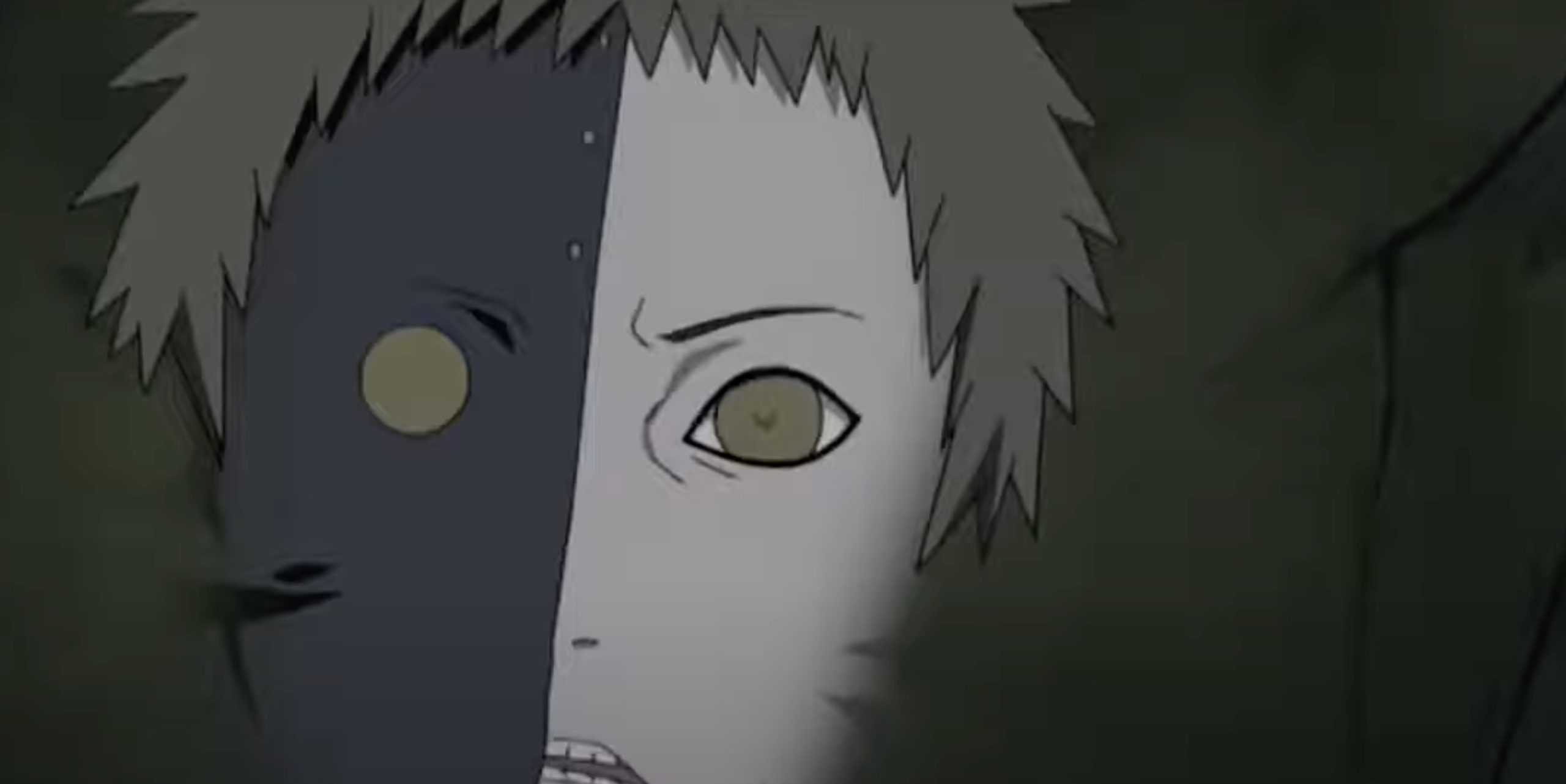
Itachi was revealed later to have been terminally ill and holding back, intent on allowing his brother to take his life as part of his elaborate plans.
Years afterward, an intriguing fan theory emerged positing that Itachi had placed Sasuke under a subtle but profound genjutsu illusion during their battle which persisted from that point forward.
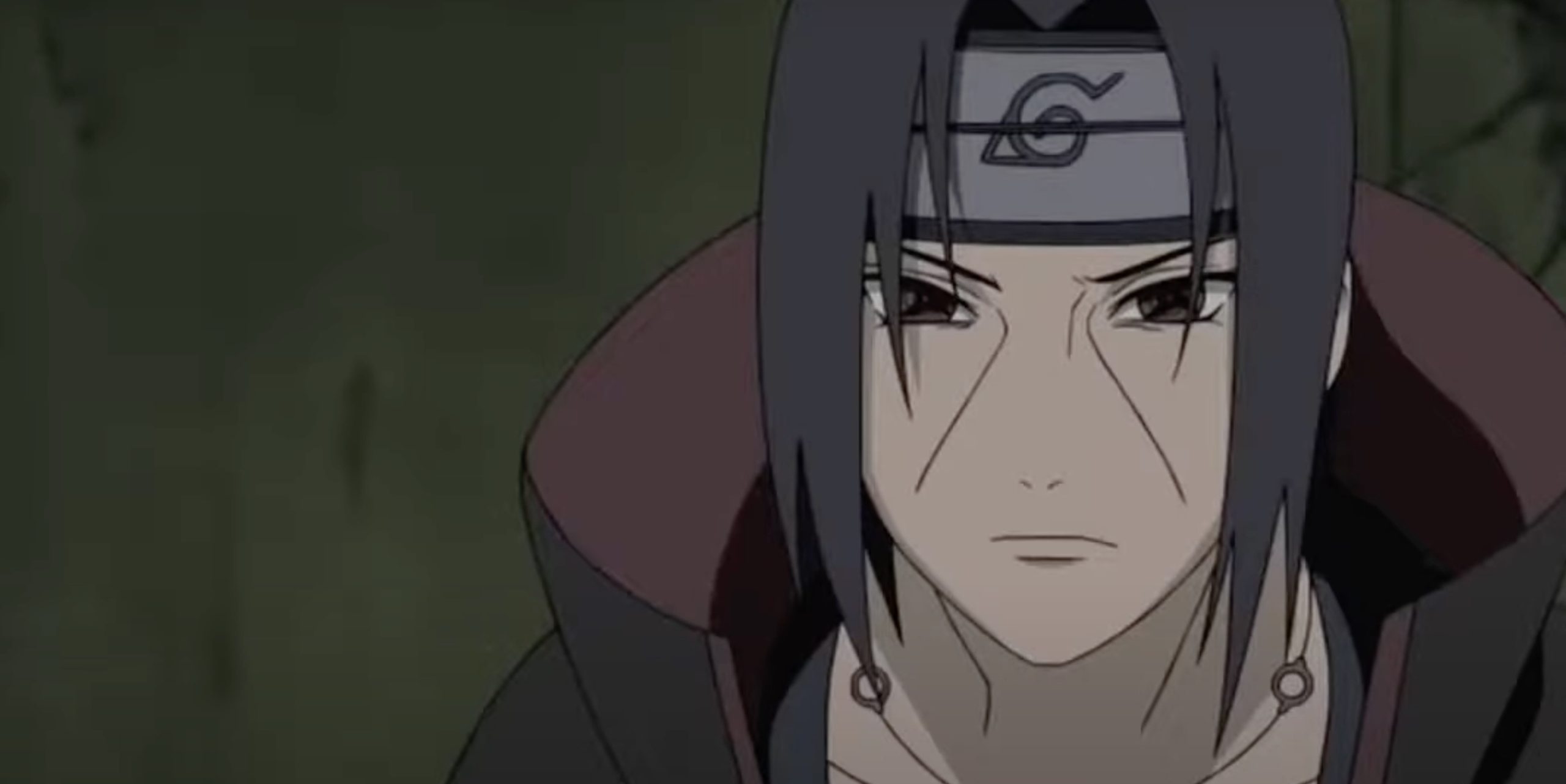
This speculation argues that Itachi planned even his defeat at Sasuke’s hands and then manipulated his brother’s perceptions on a fundamental level via this sustained, powerful vision.
The theory offers an alternate explanation for inconsistencies, revealing moments and other events across the breadth of the Naruto storylines.

It also speaks to the enduring mystique around Itachi’s abilities and the complex, intertwined fates of the Uchiha clan’s tortured siblings. The emotional weight of their fraught history and bond fuels ongoing debates and what-if ponderings amongst fans even now.
Their final confrontation and its aftermath still echo meaningfully throughout the saga.
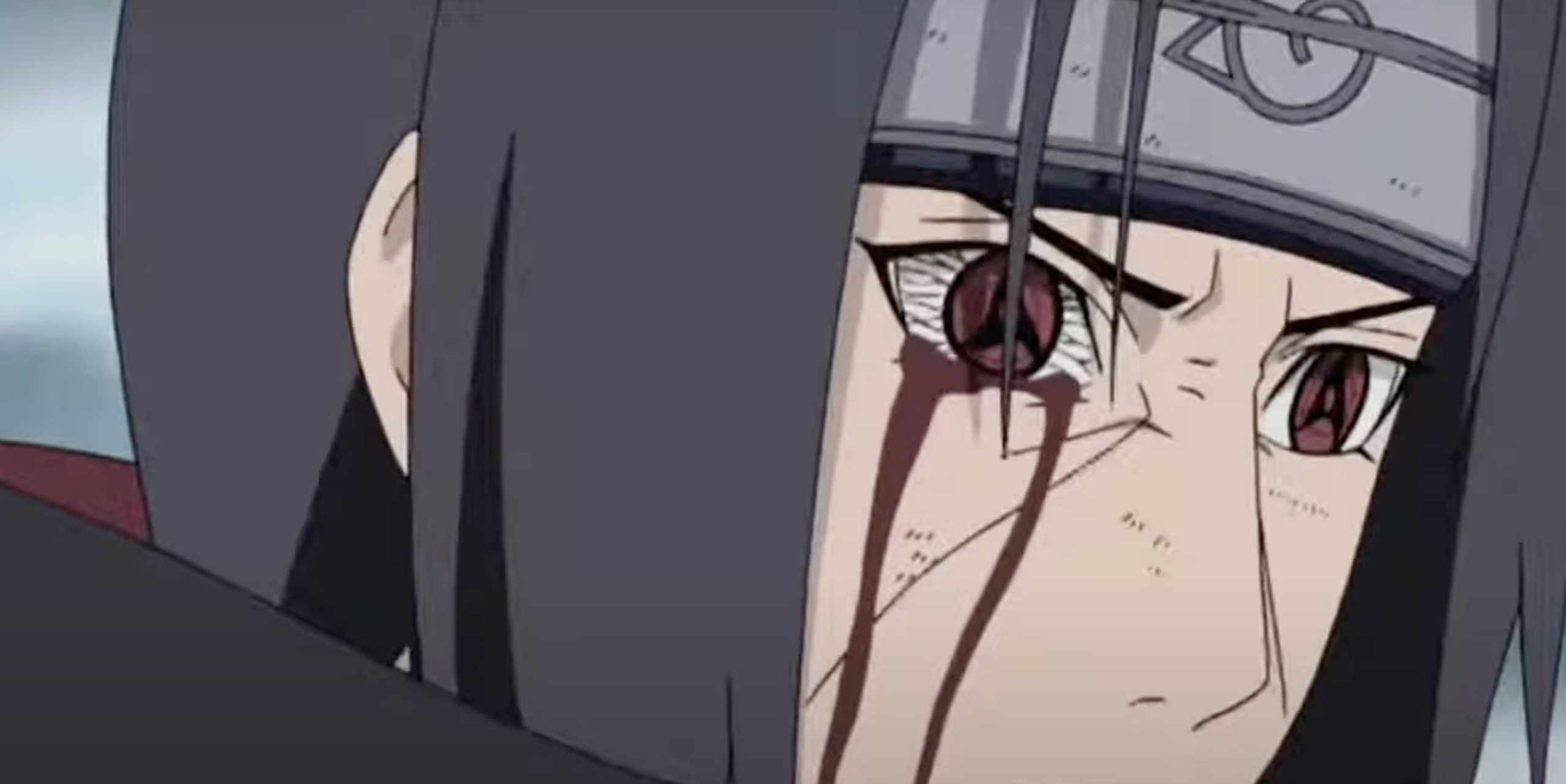
As Sasuke struck his dying brother down, Itachi poignantly tapped his little brother’s forehead one last time before collapsing – seemingly a nostalgic gesture. But some fans speculate that in this moment, Itachi masterfully trapped Sasuke in an enduring vision that persists to this day.
While seemingly far-fetched, this theory does offer explanations for certain story inconsistencies, especially regarding Sasuke’s characterization in the Boruto sequel.
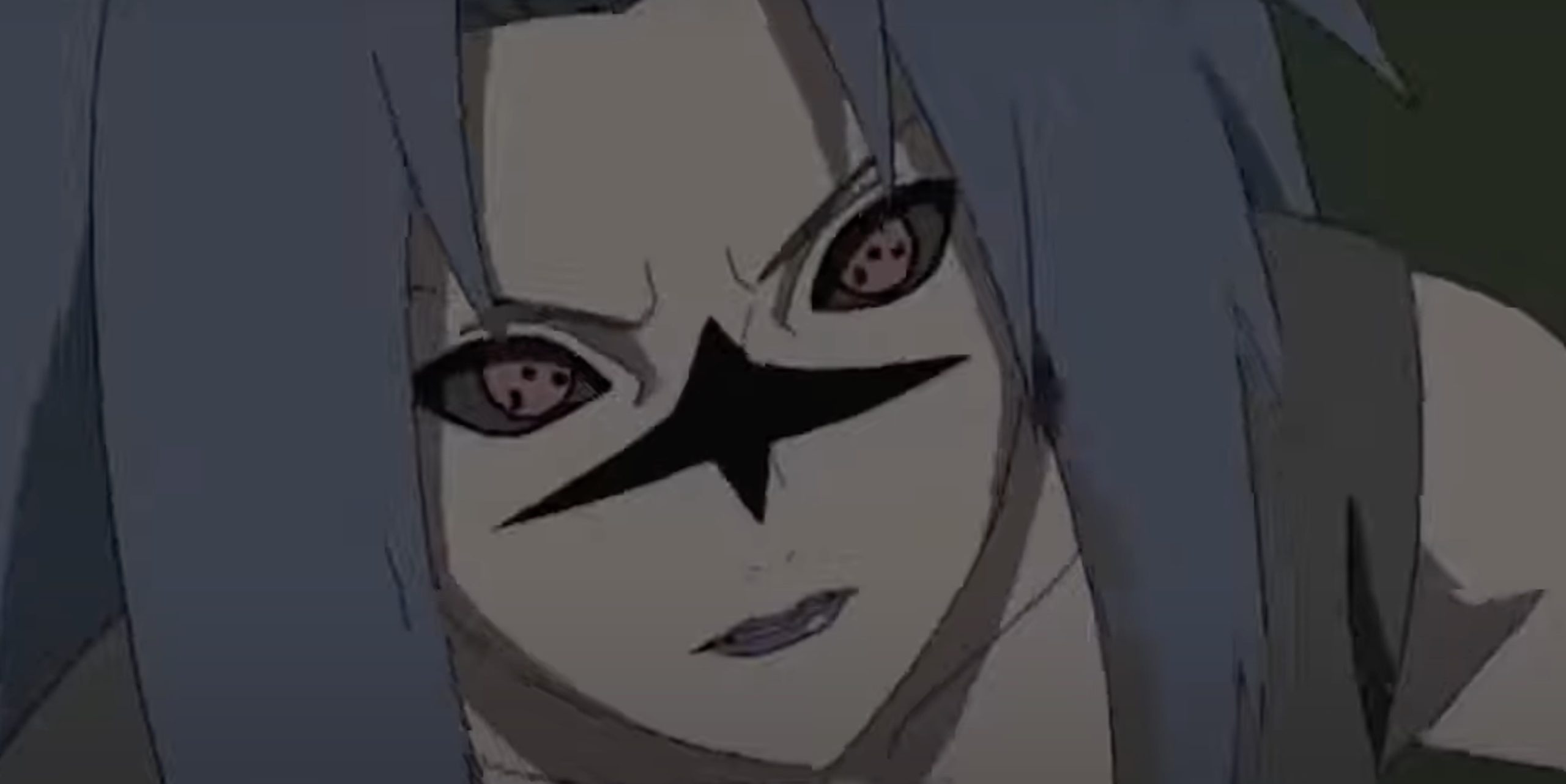
Despite his extensively documented history of defections, violence, and darkness, Sasuke faced relatively few repercussions and regained status in Leaf Village with little explanation. Even becoming an esteemed Shadow Hokage.
More glaringly, Sasuke’s daughter Sarada and others in Boruto admire and connect with him deeply, even after his extensive absences from her childhood and family life.
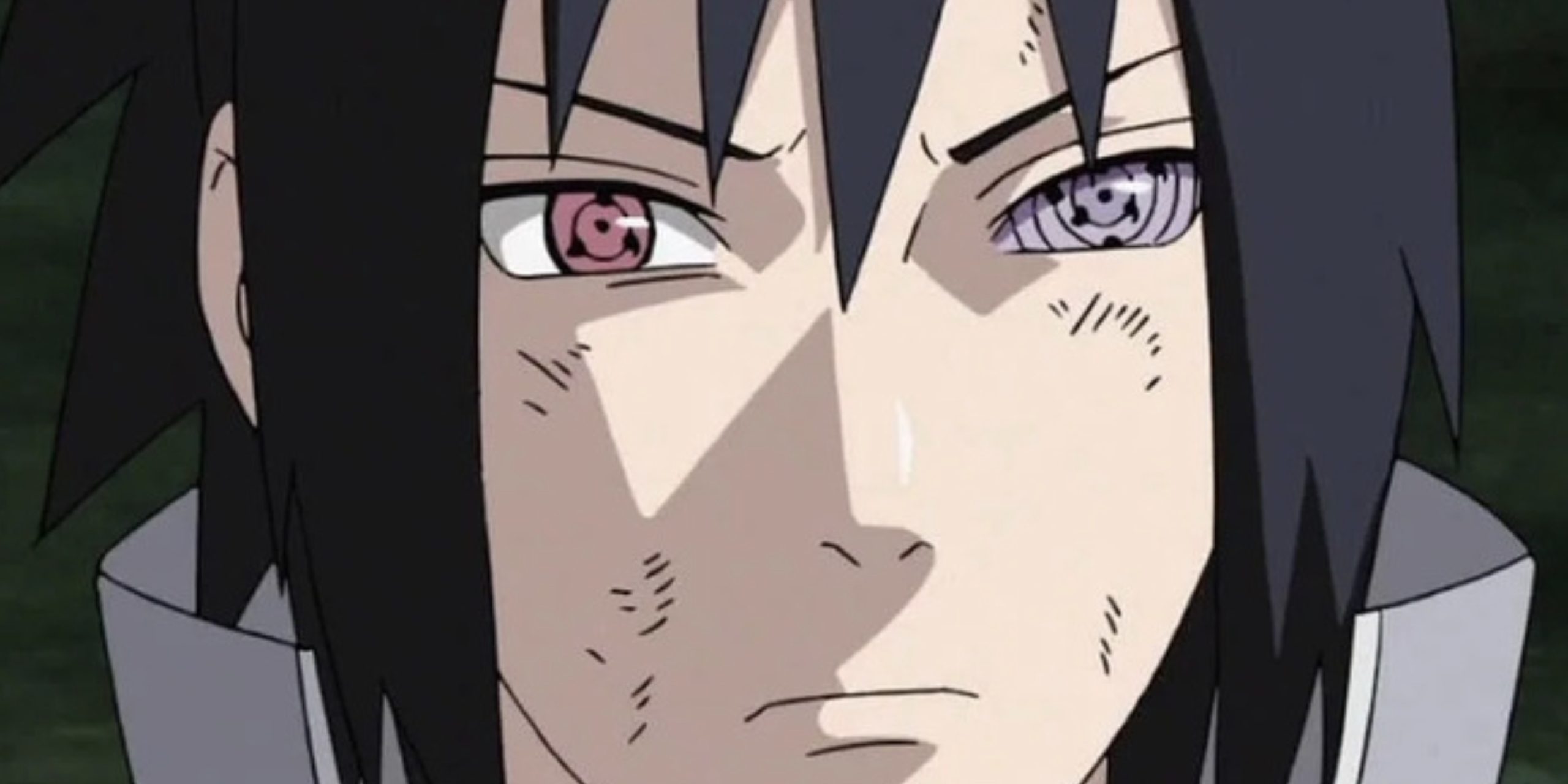
This contrasts starkly with his established aloof, remote personality. The genjutsu theory presents a plausible plot device explaining these discrepancies – that Itachi’s illusory manipulation fundamentally altered others’ perceptions of Sasuke.
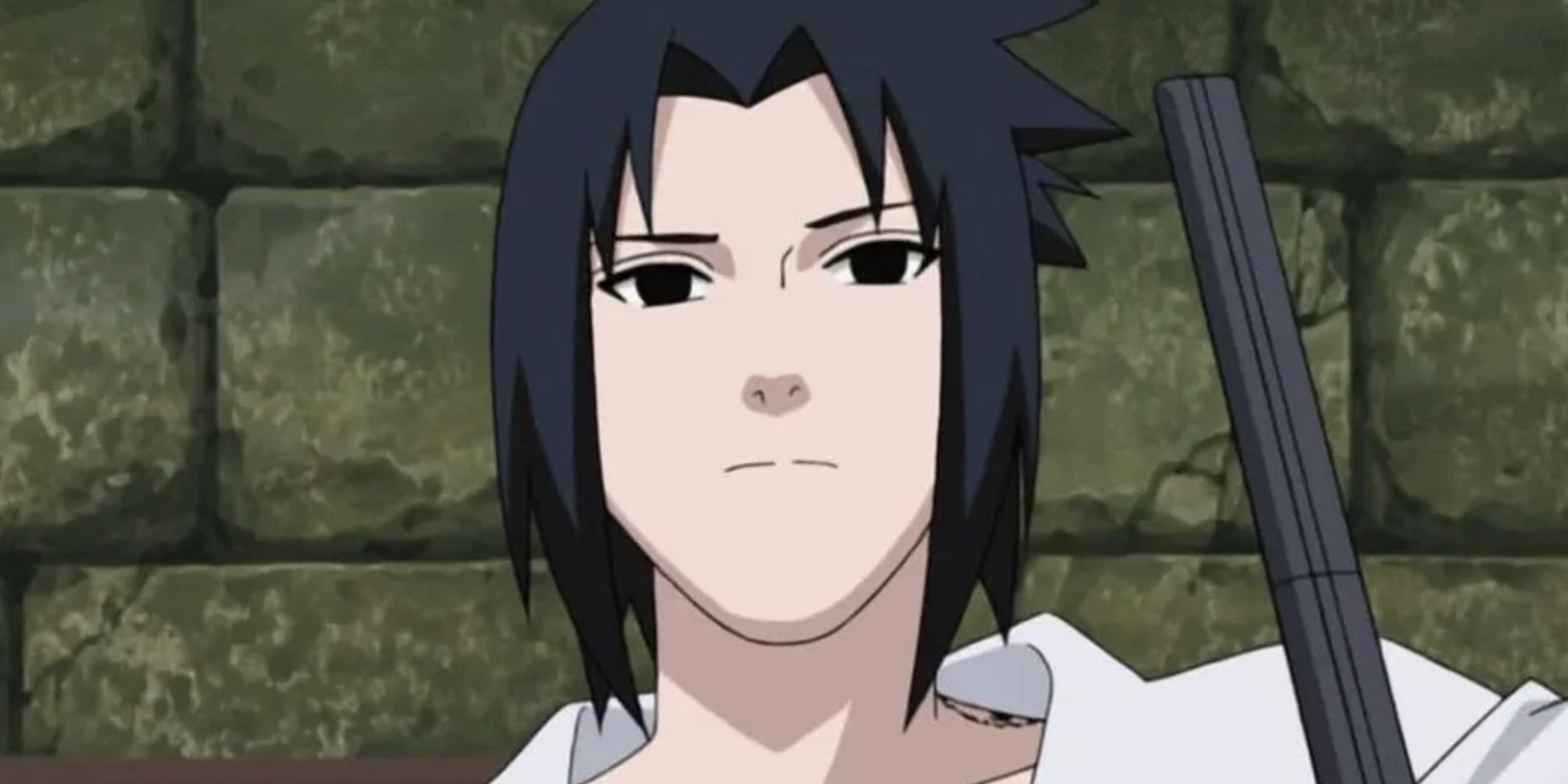
While unproven, it speaks to enduring debates around reconciling Sasuke’s past and current characterization. Itachi casting an enduring layer of deception via genjutsu during their fateful battle could logically paper over the gaps.
The emotional weight of that final forehead poke casts it as a potentially pivotal moment.


